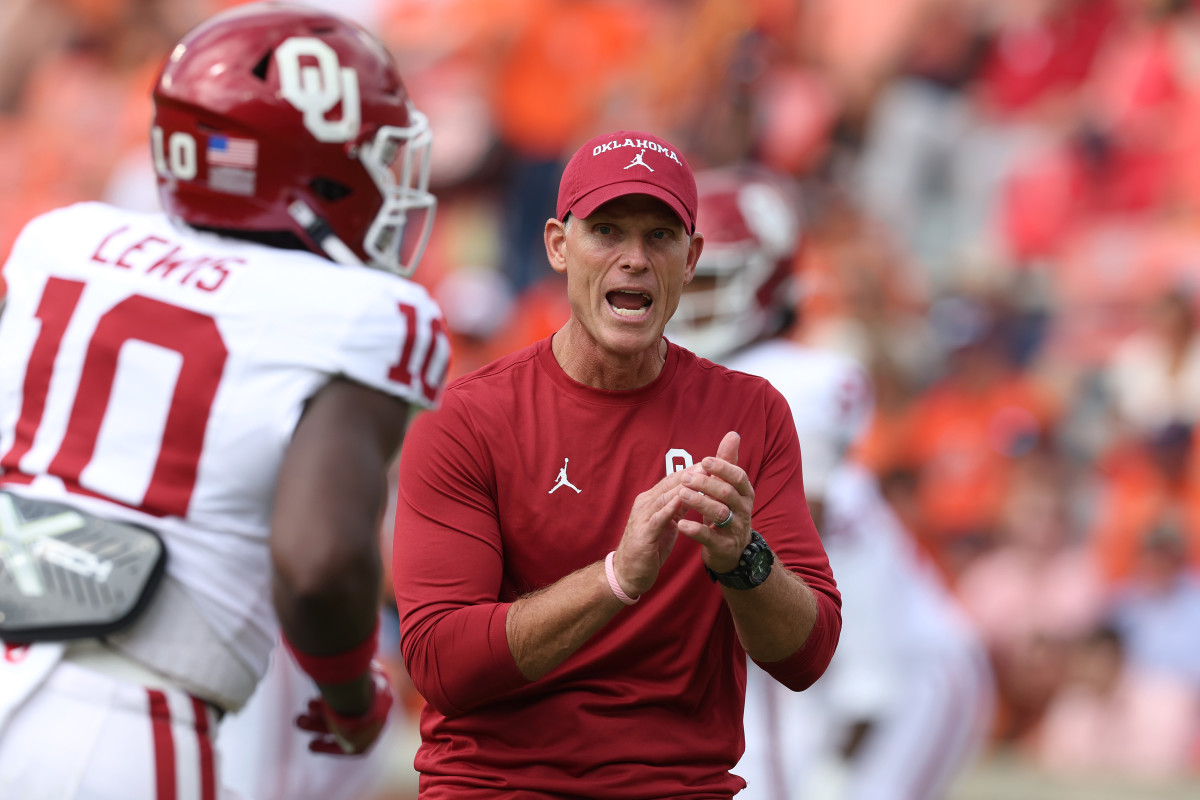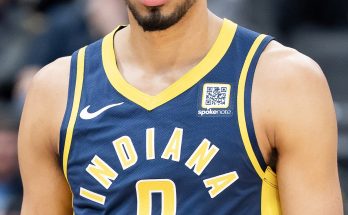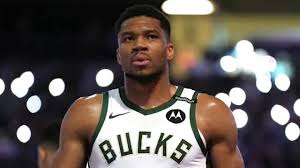The University of Oklahoma Sooners football program has long been synonymous with high-powered offenses, and at the heart of this offensive juggernaut has been the quarterback position. From the golden era under quarterbacks like Jason White, Sam Bradford, and Baker Mayfield, to recent success stories with quarterbacks like Jalen Hurts and Caleb Williams, Oklahoma’s quarterback room has been a perennial source of excitement, promise, and elite-level performance. However, as college football continues to evolve, the landscape of the quarterback position in Norman is suddenly in disarray. The arrival of a high-profile, $3 million transfer has left the Sooners’ quarterback room in chaos, shaking the foundation of the program and raising questions about the future.
As with many programs in today’s rapidly shifting college football environment, the introduction of the transfer portal and the increasing importance of Name, Image, and Likeness (NIL) deals have created new dynamics and pressures in the recruiting and development of quarterbacks. The $3 million transfer—believed to be one of the highest NIL contracts in the history of college football—has added a layer of complexity to the Sooners’ already crowded quarterback room, putting the coaching staff, the players, and the future of the program in a state of uncertainty.
In this essay, we will explore the chaos surrounding Oklahoma’s quarterback room, the effects of the $3 million transfer on the program, and what it means for the future of the Sooners football team. We will examine the evolving landscape of college football that led to this moment, the dynamics at play within the quarterback room, and how Brent Venables and his staff must navigate this tumultuous situation in order to steer the Sooners back to national relevance.
The Changing Landscape of College Football and NIL
Before delving into the specifics of Oklahoma’s quarterback situation, it’s essential to understand the broader context in which this chaos has arisen. The landscape of college football has undergone significant changes in recent years, driven primarily by the advent of the transfer portal and the explosion of NIL opportunities for players. These shifts have created new challenges for coaches and administrators, who now must balance the traditional dynamics of player development with the newfound influence of financial incentives.
The introduction of the transfer portal has allowed players to move freely between programs, effectively transforming the recruiting landscape. While this has provided players with more autonomy, it has also created situations where teams are forced to constantly adjust their rosters based on incoming and outgoing transfers. Nowhere is this more evident than at the quarterback position, where top-tier talent is often the subject of intense competition and, at times, bidding wars.
NIL has further complicated the situation. With massive amounts of money now tied to the ability to promote oneself, athletes, especially quarterbacks, are often courted by multiple programs looking to secure their services. As a result, some programs are willing to offer substantial financial packages to attract players, leading to a situation where the pursuit of championships and the quest for financial gain intersect in a way that college football has never seen before.
This environment has left Oklahoma, like many other programs, facing new challenges and pressures. The Sooners’ quarterback room, which once seemed like a pipeline for future stars, is now embroiled in an unprecedented level of uncertainty and competition due to the $3 million transfer and the ripple effects it has caused.
The $3 Million Transfer: A Game-Changer for Oklahoma
The arrival of a highly-touted transfer quarterback who reportedly secured a $3 million NIL deal has sent shockwaves through the Oklahoma football program. On one hand, the transfer of a player with such high-level talent is a boon for the Sooners, as it offers a potential future star who could lead the offense for years to come. However, the large financial deal has created a host of complications that the Sooners coaching staff must now navigate.
The most immediate impact of the $3 million transfer is the disruption it has caused within the quarterback room. Oklahoma has long had a deep roster of talented quarterbacks, many of whom were recruited to be the next big star for the program. As of now, the quarterback room features a mix of veterans and younger players, all vying for the starting job. The sudden introduction of a highly-paid transfer quarterback has forced the existing quarterbacks to reconsider their roles and futures within the program.
For the veterans in the room, this transfer presents a challenge to their aspirations of leading the Sooners. Some may have been in line for the starting role, only to see that position usurped by a newcomer who, by virtue of the NIL deal, is under intense pressure to perform immediately. This has the potential to lead to locker room tension, with established players questioning the fairness of the situation and the long-term ramifications of such a large financial investment in one individual.
The younger quarterbacks, on the other hand, now face the challenge of competing not only with each other but also with a player who arrives with a level of expectation that far exceeds that of a typical transfer. The uncertainty of the situation could have long-lasting effects on recruiting, as players may be hesitant to commit to Oklahoma if they perceive the program’s quarterback depth chart as an unstable and unpredictable environment.
The Internal Dynamics of the QB Room
At the heart of the quarterback room chaos is the internal competition among Oklahoma’s quarterbacks. This competition, already intense due to the highly competitive nature of the position, has been further complicated by the arrival of the $3 million transfer. The dynamic of the room has shifted dramatically, and now the Sooners’ coaching staff, led by Brent Venables, must navigate the delicate balance between fostering healthy competition and preventing infighting.
The incumbent quarterbacks, including those who may have been expected to start in 2025, now find themselves in a position of uncertainty. Should they stay and compete for the starting job, or should they look for opportunities elsewhere, either through the transfer portal or by leaving for the NFL? The financial backing behind the $3 million transfer means that the newcomer will likely have a long leash, putting pressure on the current players to perform at a level that may be unattainable given the circumstances.
At the same time, the younger quarterbacks who are still developing may see the transfer as both an opportunity and a challenge. On one hand, they could learn from a seasoned and highly-paid veteran who has been in the spotlight before. On the other hand, they must deal with the potential for limited playing time and the possibility that the transfer quarterback could block their path to the starting position. The uncertainty surrounding the future of the quarterback room could lead to a mass exodus of players, with several quarterbacks potentially leaving the program in search of more stable opportunities.
The Recruiting Fallout
The ripple effect of the $3 million transfer goes beyond the players currently in the quarterback room. The Sooners’ recruiting efforts are now under a microscope, with potential recruits—particularly quarterbacks—wondering whether Oklahoma is the right place for them to develop into stars. The massive NIL deal given to the transfer quarterback could send the message to recruits that playing time and opportunities are not based solely on merit but on financial incentives.
Additionally, the situation has the potential to alienate certain recruits who may have been drawn to Oklahoma based on the program’s tradition of developing quarterbacks and giving them a chance to succeed. The uncertainty surrounding the quarterback position and the potential instability in the room could make it harder for Venables and his staff to secure top-tier recruits for future classes. If the Sooners are unable to maintain a stable and attractive quarterback room, they could lose out on some of the best talent in the country.
Brent Venables’ Leadership in Navigating the Chaos
At the center of this quarterback room chaos is Brent Venables, whose leadership will be put to the test in ways that perhaps even he did not anticipate when he took over the Oklahoma program. Venables, known for his defensive prowess and ability to rebuild teams, must now navigate a situation that requires not only a strategic understanding of football but also a deep understanding of player psychology, team dynamics, and the new realities of the NIL era.
Venables must strike a delicate balance between managing the expectations of the $3 million transfer quarterback, maintaining harmony within the rest of the quarterback room, and ensuring that the Sooners’ program continues to recruit and develop players who can contribute to the team’s long-term success. His leadership will be crucial in guiding the team through the chaos, keeping the locker room focused, and ensuring that the program’s quarterback tradition remains intact despite the growing external pressures.
What This Means for the Future of Oklahoma Football
The chaos surrounding Oklahoma’s quarterback room has serious implications for the future of the program. With the introduction of NIL deals and the growing prominence of the transfer portal, the Sooners will need to adapt quickly to ensure that they remain competitive at the highest level. The financial implications of the $3 million transfer, while bringing in elite talent, could also create a sense of instability and unpredictability within the program, especially if it leads to dissatisfaction among current players or recruits.
The future of Oklahoma football will depend on how the coaching staff manages this situation. If Venables can maintain stability, foster a culture of competition, and continue to develop quarterbacks who can thrive in a high-pressure environment, the Sooners can remain a force to be reckoned with in college football. However, if the chaos leads to a fractured quarterback room and a negative recruiting environment, the program may find itself in a difficult position as it tries to maintain its place among the nation’s elite.



